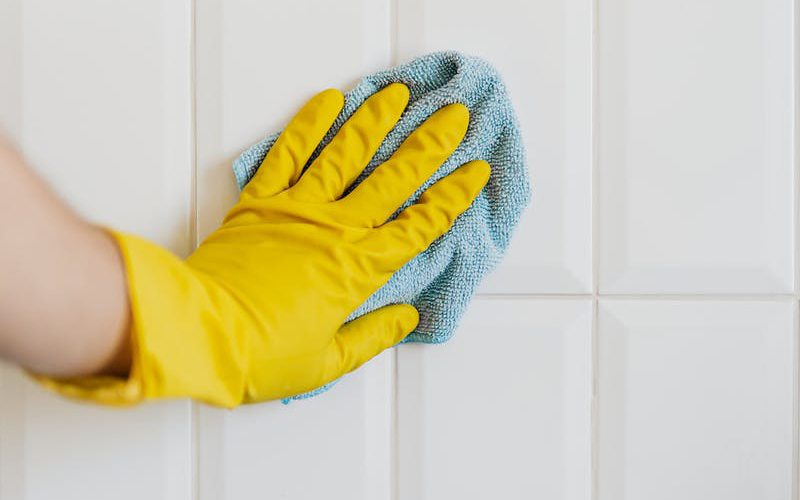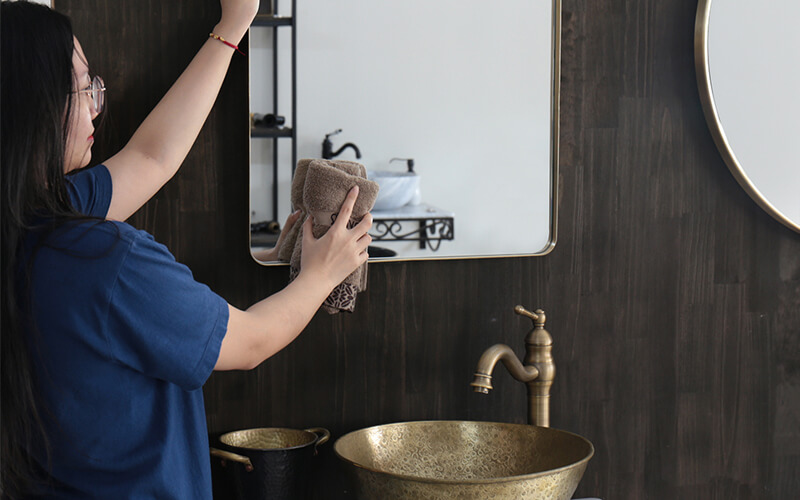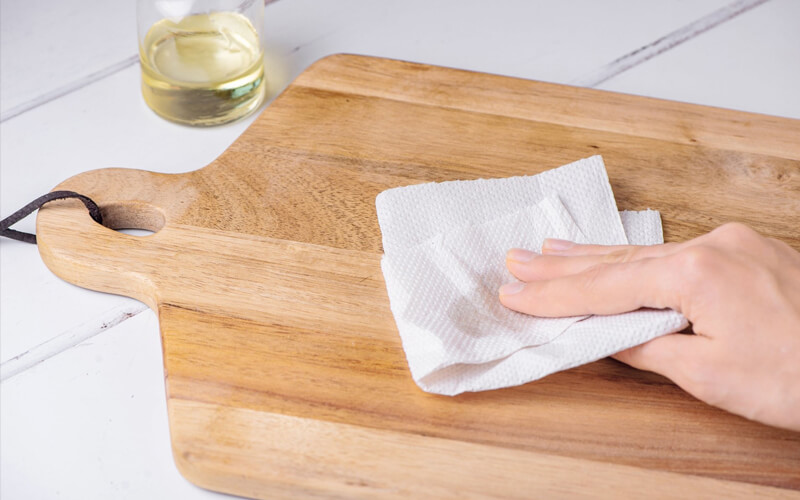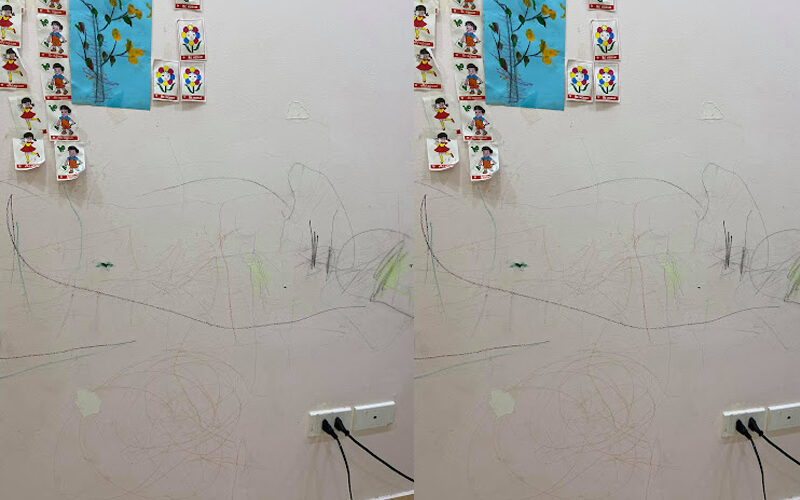Keeping your home clean and tidy can be a challenge, but with some creative thinking, you can use coconut oil to make your space shine. Here are some tips to get you started:
1 Furniture Polishing
 Furniture Polishing
Furniture Polishing
Wooden, glass, and other delicate surfaces can dull over time. Instead of using harsh chemicals, try coconut oil to remove unsightly stains. Simply apply a small amount directly to the surface and buff with a soft cloth. For an extra boost, add a few drops of essential oil or lemon juice to the cloth before wiping down the furniture.
Avoid using plain water on wooden furniture, as it can cause warping and damage. Coconut oil provides a natural shine and protects against stains.
2 Bathroom Cleaning
 Bathroom Cleaning
Bathroom Cleaning
Chemical cleaners can be expensive and harmful to your health. Opt for a natural, cost-effective solution by mixing coconut oil with baking soda. Dip a damp cloth into the mixture and wipe down all surfaces in your bathroom, paying special attention to corners and crevices. This method effectively removes mold, bacteria, and stubborn stains.
3 Squeaky Hinge Fix
 Squeaky Hinge Fix
Squeaky Hinge Fix
Squeaky hinges can be a nuisance, but a simple solution is at hand. Take 1-2 teaspoons of coconut oil and apply it to the hinge with a cloth. This will lubricate the hinge, reducing friction and eliminating that annoying squeak.
4 Removing Sticky Residue
 Removing Sticky Residue
Removing Sticky Residue
Sticky residue from price tags, stickers, and labels can be a pain to remove. After cleaning the surface, apply a small amount of coconut oil and let it dissolve the adhesive. Then, gently wipe away the residue with a clean cloth.
5 Wooden Cutting Board Care
 Wooden Cutting Board Care
Wooden Cutting Board Care
Wooden cutting boards can be a breeding ground for bacteria if not properly cared for. Instead of soaking them in water, which can lead to warping and damage, try this: mix lemon juice and vinegar, and apply it to the cutting board. Then, coat the surface with coconut oil to add moisture and protect the wood. Finally, gently wipe the board with a clean cloth.
6 Removing Crayon Marks from Walls
 Removing Crayon Marks from Walls
Removing Crayon Marks from Walls
Kids will be kids, and that often means colorful walls! To safely remove crayon marks, apply a small amount of coconut oil to a clean cloth and gently rub the affected area. This method is safe for children and will leave your walls looking fresh and clean.
There you have it—six clever ways to use coconut oil for household cleaning. Stay tuned for more helpful tips and tricks!






































